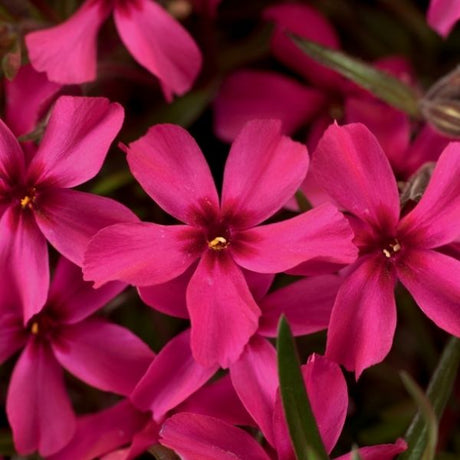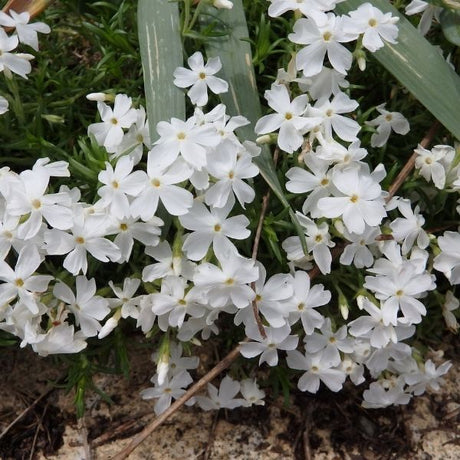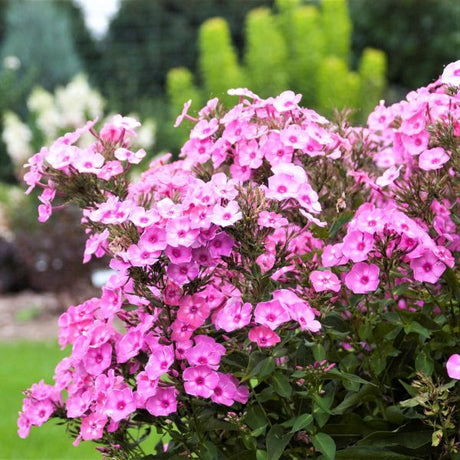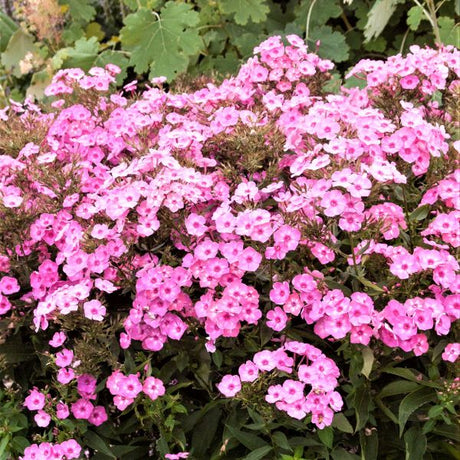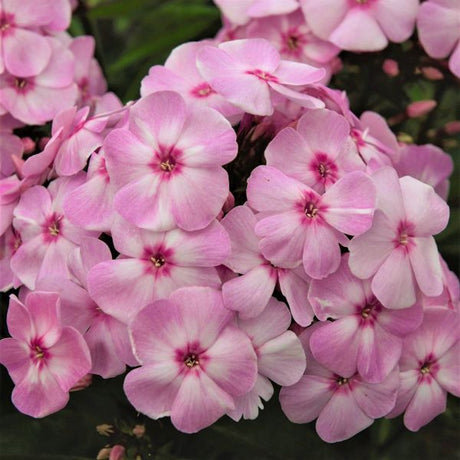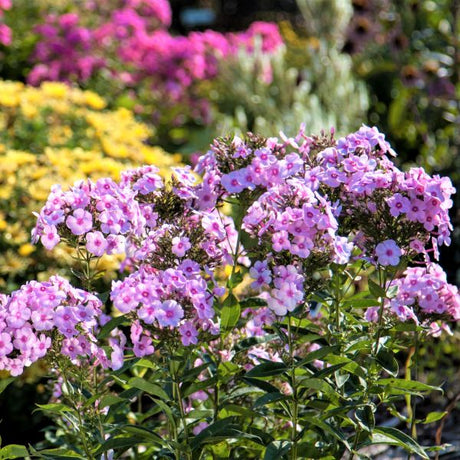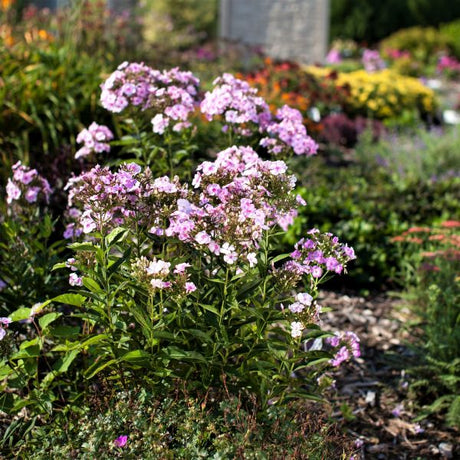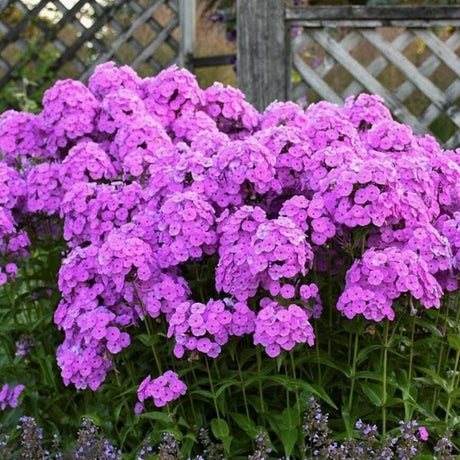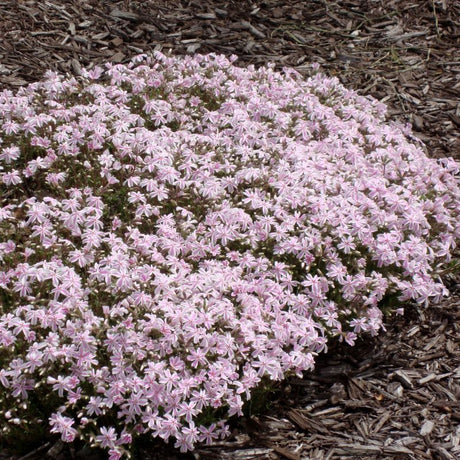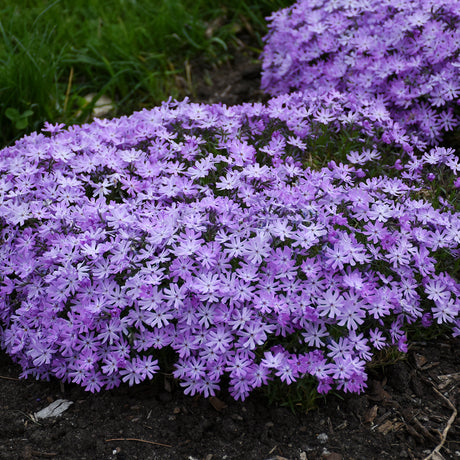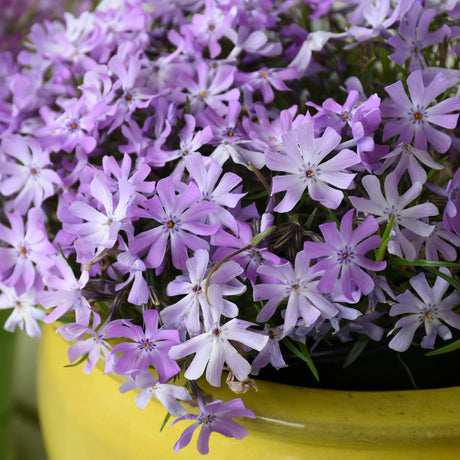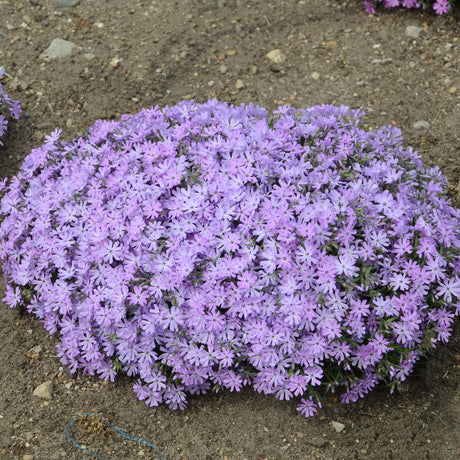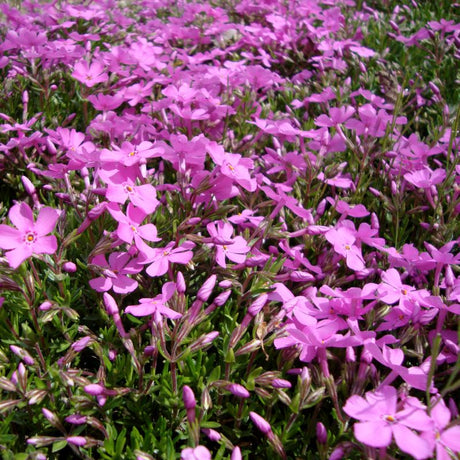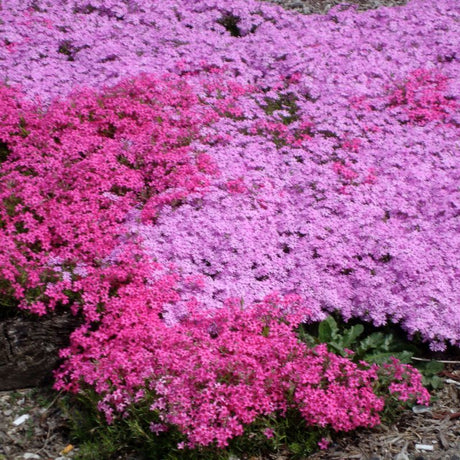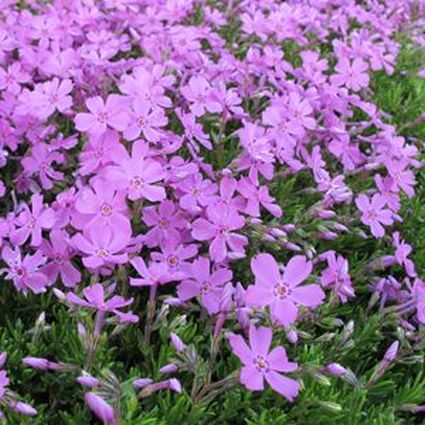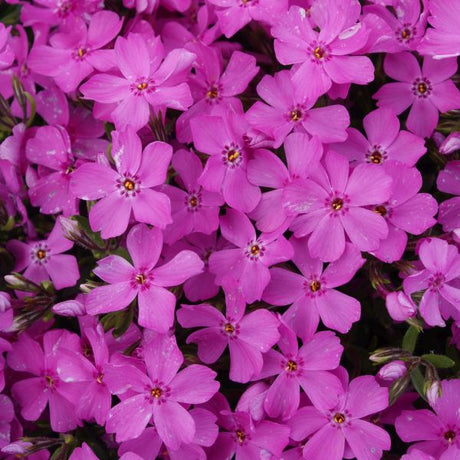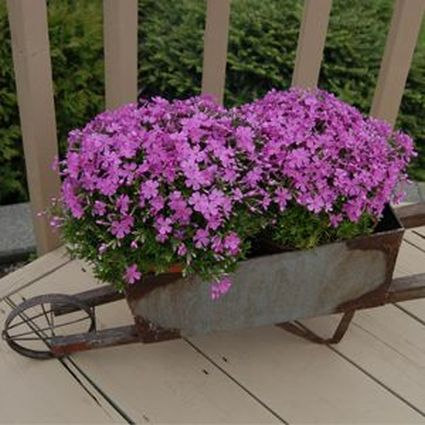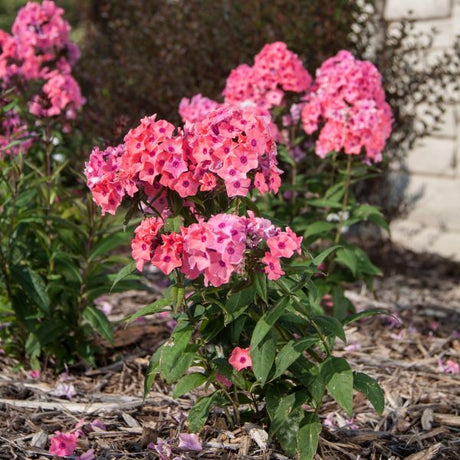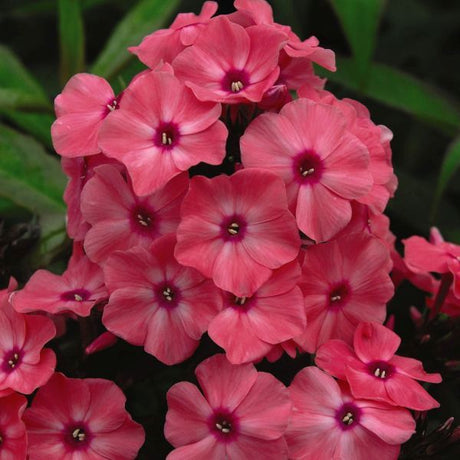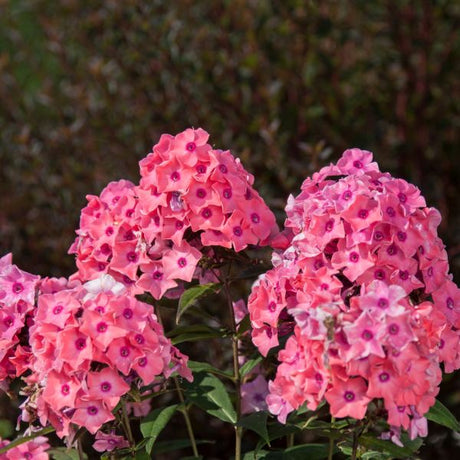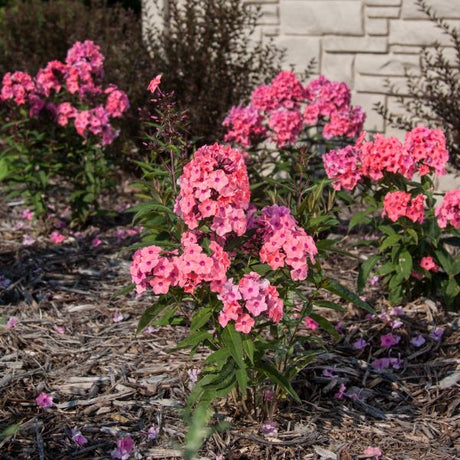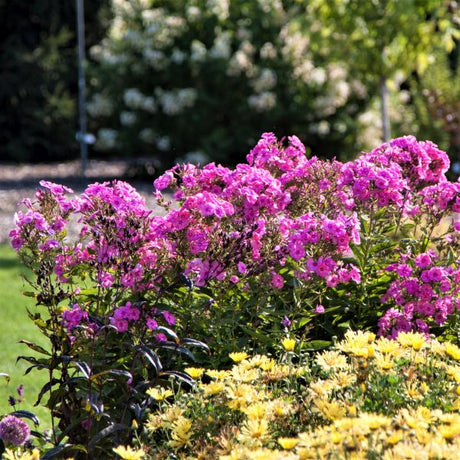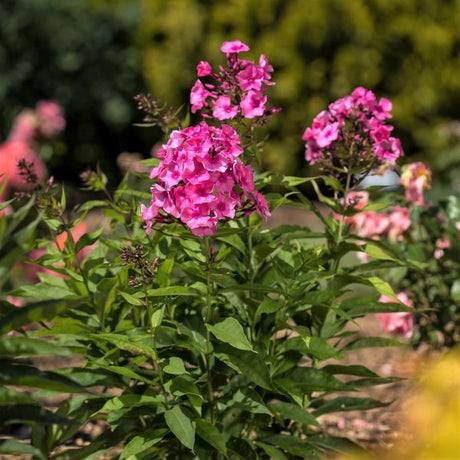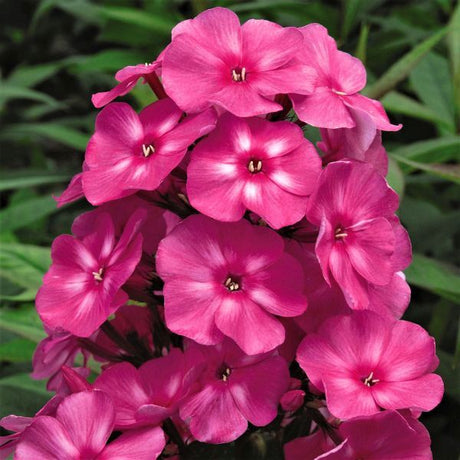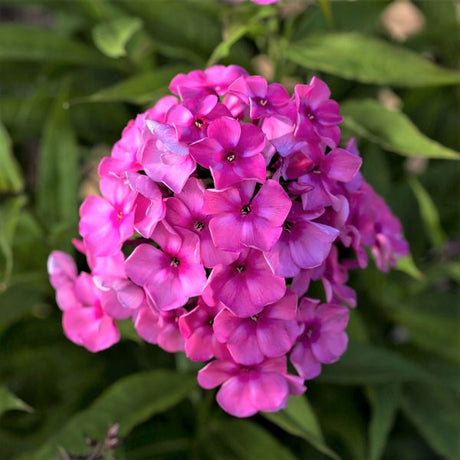-
Phlox subulata 'Scarlet Flame'
Regular price $2737Unit price /Unavailable -
Phlox subulata 'Purple Beauty'
Regular price $2731Unit price /Unavailable -
-
Opening Act Blush Tall Garden Phlox
Phlox hybrid PP27,462
Regular price $3427Unit price /Unavailable -
Phlox subulata 'Drummond's Pink'
Regular price $3180Unit price /Unavailable -
Flame® Pro Baby Doll Garden Phlox
Phlox paniculata 'Flame Pro Baby Doll'
Regular price $3117Unit price /Unavailable -
Phlox subulata 'Emerald Blue'
Regular price $2741Unit price /Unavailable -
-
Phlox paniculata 'Barten'
Regular price $3110Unit price /Unavailable -
-
Luminary™ Backlight Tall Garden Phlox
Phlox paniculata 'Backlight'
Regular price $3864Unit price /Unavailable -
Fashionably Early Flamingo Hybrid Phlox
Phlox x 'Fashionably Early Flamingo'
Regular price $3497Unit price /Unavailable -
Phlox subulata 'Candy Stripe'
Regular price $2738Unit price /Unavailable -
Flame® Pro Purple Garden Phlox
Phlox paniculata 'Purple Flame'
Regular price $3114Unit price /Unavailable -
Flame® Pro Cerise Garden Phlox
Phlox paniculata 'Pro Cerise'
Regular price $3112Unit price /Unavailable -
-
Luminary® Opalescence Tall Garden Phlox
Phlox paniculata 'Opalescence'
Regular price $3867Unit price /Unavailable -
-
Sherwood Purple Creeping Phlox
Phlox stolonifera 'Sherwood Purple'
Regular price $3337Unit price /Unavailable -
Bedazzled Lavender Hybrid Spring Phlox
Phlox subulata 'Bedazzled Lavender' PP 31,168
Regular price $3474Unit price /Unavailable -
-
Luminary® Ultraviolet Tall Garden Phlox
Phlox paniculata PP 33,607
Regular price $3869Unit price /Unavailable -
Phlox subulata 'Emerald Pink'
Regular price $3183Unit price /Unavailable -
Coral Creme Drop™ Tall Garden Phlox
Phlox paniculata 'Ditomdre'
Regular price $3496Unit price /Unavailable -
Opening Act Pink - a - Dot Hybrid Phlox
Phlox hybrid PP 31,732
Regular price $3432Unit price /Unavailable -
Bedazzled Pink Hybrid Spring Phlox
Phlox hybrid ‘Bedazzled Pink’ PP32,063
Regular price $3464Unit price /Unavailable -
-
Sold out
Opening Act Ultrapink Hybrid Phlox
Phlox hybrid PP 32,093
Regular price $3465Unit price /Unavailable -
Phlox subulata 'White Delight'
Regular price From $3490Unit price /Unavailable
Buy Phlox Plants at Nature Hills!

Phlox plants are beloved North American perennials known for their flame-like blooms and sweet fragrance. Their name comes from the Greek word for “flame,” and it’s easy to see why! These cheerful flowers burst into vibrant color from spring through fall, drawing in bees, butterflies, and hummingbirds with their nectar-rich blossoms.
- There are two main types of Phlox:
Tall Garden Phlox (Phlox paniculata): Upright perennials that make showy, fragrant displays in borders and pollinator gardens. Ideal for borders, cutting gardens, and cottage-style designs. - Creeping Phlox (Phlox subulata): Groundcover types that create dense, flowering mats perfect for slopes, edging, and rock gardens. Great for low-maintenance groundcover, erosion control, and spring color on slopes or along pathways.
Both are deer-resistant, easy to grow, and hardy in USDA Zones 2–9, thriving in full sun to partial shade.
Using Phlox in Your Garden
Phlox adds charm and lasting color to nearly every garden space.
- Pollinator-friendly blooms that last for weeks
- Excellent cut flowers for bouquets
- Rebloom potential with deadheading
- Low-maintenance, cold-hardy, and adaptable
- Adds fragrance and texture to garden beds, rock gardens, and containers
Easy Care for Phlox
Phlox is a low-maintenance perennial that rewards you with season after season of color.
- Sun & Soil: Plant in well-drained, enriched soil with full to partial sun. In hotter climates, some afternoon shade helps.
- Water & Mulch: Keep evenly moist and add a layer of arborist mulch to retain moisture.
- Fertilizer: Apply a balanced flowering fertilizer each spring.
- Pruning: Deadhead spent blooms to encourage reblooming. Shear Creeping Phlox after flowering to maintain shape.
- Dividing: Divide clumps every few years to prevent overcrowding and improve air circulation.
Phlox pairs beautifully with Coreopsis, Penstemon, Rudbeckia, Salvia, and Sedum for nonstop color and pollinator appeal.
Bring Home the Beauty of Phlox
Add vibrant color and classic fragrance to your landscape with easy-care Phlox plants from Nature Hills Nursery. Each plant is shipped with care and backed by our product guarantee.
Shop our full collection of Tall Garden Phlox and Creeping Phlox today at NatureHills.com, and let these long-blooming perennials light up your garden!
Family-owned and operated since 2001, Nature Hills Nursery is proud to provide quality plants, expert growing advice, and a helpful Planting Guide to help your garden thrive!

FAQ's for Buying Phlox Online
What are the different types of Phlox plants available at Nature Hills Nursery?
What are the different types of Phlox plants available at Nature Hills Nursery?
Nature Hills offers two main types of Phlox: upright Garden Phlox (Phlox paniculata) known for tall, fragrant blooms, and low-growing Creeping Phlox (Phlox subulata), ideal as groundcover. Both types come in a variety of vivid colors and are great for pollinators and decorative landscaping.
How do I care for Phlox to keep it blooming all season?
How do I care for Phlox to keep it blooming all season?
Phlox thrives in well-drained, fertile soil with full sun to part shade, especially afternoon shade in hotter climates. Regular watering, spring fertilization, and deadheading faded blooms help promote reblooming and maintain healthy plants.
Is Phlox deer-resistant and suitable for pollinator gardens?
Is Phlox deer-resistant and suitable for pollinator gardens?
Yes, Phlox is generally deer-resistant and its nectar-rich flowers attract hummingbirds, bees, and butterflies, making it a top choice for pollinator-friendly landscapes.
Where should I plant Phlox in my garden for the best results?
Where should I plant Phlox in my garden for the best results?
Tall Garden Phlox is perfect for mid to back border placement, cut flower gardens, and cottage-style beds, while Creeping Phlox is excellent for slopes, erosion control, edging, rock gardens, and as a flowering groundcover.
Can Phlox be grown in containers or used for groundcover?
Can Phlox be grown in containers or used for groundcover?
Absolutely! Compact varieties of Creeping Phlox work well in planters and as groundcover, forming dense mats of color in spring, while upright Phlox adds vertical interest in large containers or mixed plantings.

